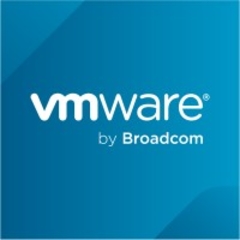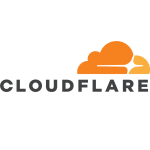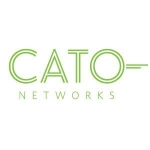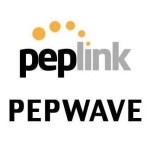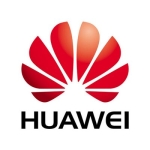What is our primary use case?
Our customers are using VMware SD-WAN based on their specific requirements. One of the main use cases is for WAN connectivity and disaster recovery connections. They need secure connections and database synchronization between primary sites and disaster recovery sites. That's why we introduced VMware SD-WAN.
How has it helped my organization?
We primarily deal with VMware SD-WAN, and we handle services, configurations, and technicalities related to it. Our customers are quite satisfied with VMware SD-WAN, and they haven't encountered any problems. The operations are running smoothly.
What is most valuable?
One of the main reasons customers appreciate VMware SD-WAN is its comprehensive set of features. It covers network software services, starting from the underlying hardware and creating a virtualized network overlay. As a result, many customers find VMware SD-WAN to be highly beneficial for their networking needs.
VMware SD-WAN Orchestrator provides centralized enterprise-level installation, configuration, and real-time monitoring. Additionally, data flows through the cloud network, enhancing performance. The solution offers simplified operations with RapidZERO Touch provisioning and cloud management, optimizing application performance.
Security is one area where the solution is comfortable and reliable for us, especially in managing on-prem and cloud adoptions and accelerating performance through bandwidth optimization. So, it's very beneficial for us.
What needs improvement?
There is room for improvement in the pricing.
Another area of improvement is in terms of security. It could be better.
For how long have I used the solution?
Approximately, I have been working with VMware SD-WAN for the last few months. I don't have the exact timeframe since I'm new, but I know that my company has sold a significant number of SD-WAN solutions.
What do I think about the stability of the solution?
The stability is a hundred percent. It is a stable solution.
What do I think about the scalability of the solution?
Most customers are satisfied with the scalability. So it seems to be quite manageable and without problems as of now.
Most of our customers are SMBs.
How are customer service and support?
Customer service and support are good. If a customer needs support, they can open a support case through the Customer Connect portal. Our team will then work with the customer, discuss the issues, and collaborate with VMware engineers to address and resolve the problems.
How would you rate customer service and support?
How was the initial setup?
The initial setup is not troublesome at all. The initial configuration and deployment are quite easy. There haven't been any issues with deployment and configuration.
What about the implementation team?
We have a dedicated implementation team that takes care of deploying the solution for various events, including cloud-related setups.
For the deployment of virtualized networks, storage of servers, and clouds, we usually have a team of 10 to 15 engineers involved, so it's a collaborative effort.
What's my experience with pricing, setup cost, and licensing?
The pricing can vary depending on the features and the cloud resources utilized. It may seem a bit costly when considering cloud resources, but in terms of quality and configurations, it offers significant value compared to other products.
There are additional costs to the standard license because the licensing model can vary based on the customer's deployment and preferences.
For example, there may be additional costs depending on the customer's requirements. If a customer needs 24/7 support or other specific features, we will tailor the solution accordingly to fulfill their design and requirements.
What other advice do I have?
VMware SD-WAN offers competitive features and benefits for various requirements. It is especially effective for customer branch offices, remote offices, and scenarios where seamless connectivity is crucial for voice and video-sensitive applications like Salesforce, Google Mail, AWS, and Office 365. The product is highly customizable and can provide a solid foundation for networking needs.
Overall, I would rate the solution a ten out of ten.
Which deployment model are you using for this solution?
On-premises
Disclosure: My company has a business relationship with this vendor other than being a customer. Partner | We are a VMware partner in India.

